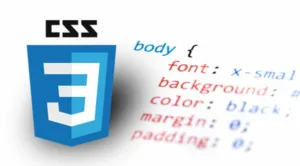Curious about the way fonts worked before web/variable fonts. I’m building a web page’s CSS, following a video course. I downloaded the Inter font from fonts.google.com, and the download included multiple sizes for each style such as:
Inter_18pt-Regular.ttf
Inter_24pt-Regular.ttf
Inter_28pt-Regular.ttf
Why does it include multiple sizes? I guess if I use font size 20pt on my page it will scale whichever font I pick up or down to the target size. Should I pick the font file that’s closest to the desired size? Or are these intended to be used together somehow?
I’m actually not using these files. I’m using the "embed" button to grab the fonts from Google’s CDN, but I’m curious about these static files in the download.

 Question posted in
Question posted in 

2
Answers
The downloadable fonts from Google are intended to be installed on a specific computer for use by desktop applications such as word processors. They are not intended for web use.
For web use, select the embed option instead.
Here is a demo of using the font Inter on the web.
PS. The
.zipfile you downloaded from Google contains a fileREADME.txtwhich explains the purpose of the large number of.ttffiles in the package.These three file names represent three different optical sizes of the font Inter Regular. Here is an excerpt from Google’s explanation of the concept of optical size:
In the case of Inter Regular, the only difference seems to be the letter spacing.
You asked:
Yes, I imagine that you’d choose the font closest to the desired size. That would give you the appearance intended by the font designer. But at the end of the day the three optical sizes are available and you can decide whether to use one of them or a combination. It would only be really picky designers who would notice the difference.